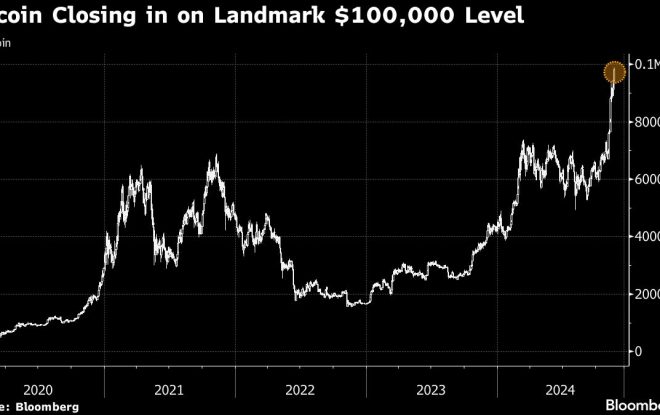Prediction: Nvidia Stock Is Going to Stall Out on Nov. 20
For two years, no trend has created more buzz on Wall Street than the rise of artificial intelligence (AI). The ability for AI-driven software and systems to become more proficient at their assigned tasks, as well as learn new skills over time without the aid of human intervention, gives this technology seemingly limitless long-term potential.
In Sizing the Prize, the analysts at PwC estimated AI would increase worldwide gross domestic product (GDP) 26% ($15.7 trillion) by the turn of the decade. A lift of this magnitude means companies up and down the AI landscape can be winners.
Start Your Mornings Smarter! Wake up with Breakfast news in your inbox every market day. Sign Up For Free »
However, no company has more directly benefited from the rise of AI than semiconductor behemoth Nvidia (NASDAQ: NVDA). In less than two years, Nvidia has grown from a $360 billion business that was somewhat important within the tech sector to Wall Street’s most-valuable publicly traded company ($3.64 trillion market cap).
Given the critical role Nvidia is playing in the AI revolution, Wall Street and investors are laser-focused on Nov. 20, which is when the company will lift its proverbial hood and unveil its operating results for the quarter ending on Oct. 27.
While the optimism surrounding Nvidia is thick enough to cut with a knife, I can offer a half-dozen reasons Nvidia stock will hit a brick wall on Nov. 20.
Before digging into the details of why Nvidia’s stock can struggle following the release of its fiscal third-quarter results, let me provide some background that explains why Nvidia has added $3.3 trillion in market value in under two years.
The heart of Nvidia’s growth is its hardware. Orders for the company’s H100 graphics processing unit (GPU), commonly referred to as the “Hopper,” and the successor Blackwell GPU architecture, are backlogged. Businesses are eager to gain first-mover advantages, and Nvidia’s AI-GPUs offer superior computing capabilities.
In addition to strong demand, Nvidia is commanding stratospheric pricing power for its hardware. Whereas competing AI-GPUs are being priced in the $10,000 to $15,000 range, the Hopper has been consistently commanding a price point of $30,000 to $40,000 per chip. Businesses willingly paying a premium for Nvidia’s solutions pushed its gross margin to as high as 78%.
I’d be remiss if I didn’t also mention the key role Nvidia’s CUDA software platform has played in driving sales growth. CUDA is the toolkit developers use to build large language models and maximize the computing potential of their GPUs. In other words, CUDA is the lure that’s keeping Nvidia’s customers within its umbrella of products and services.



Leave a Reply